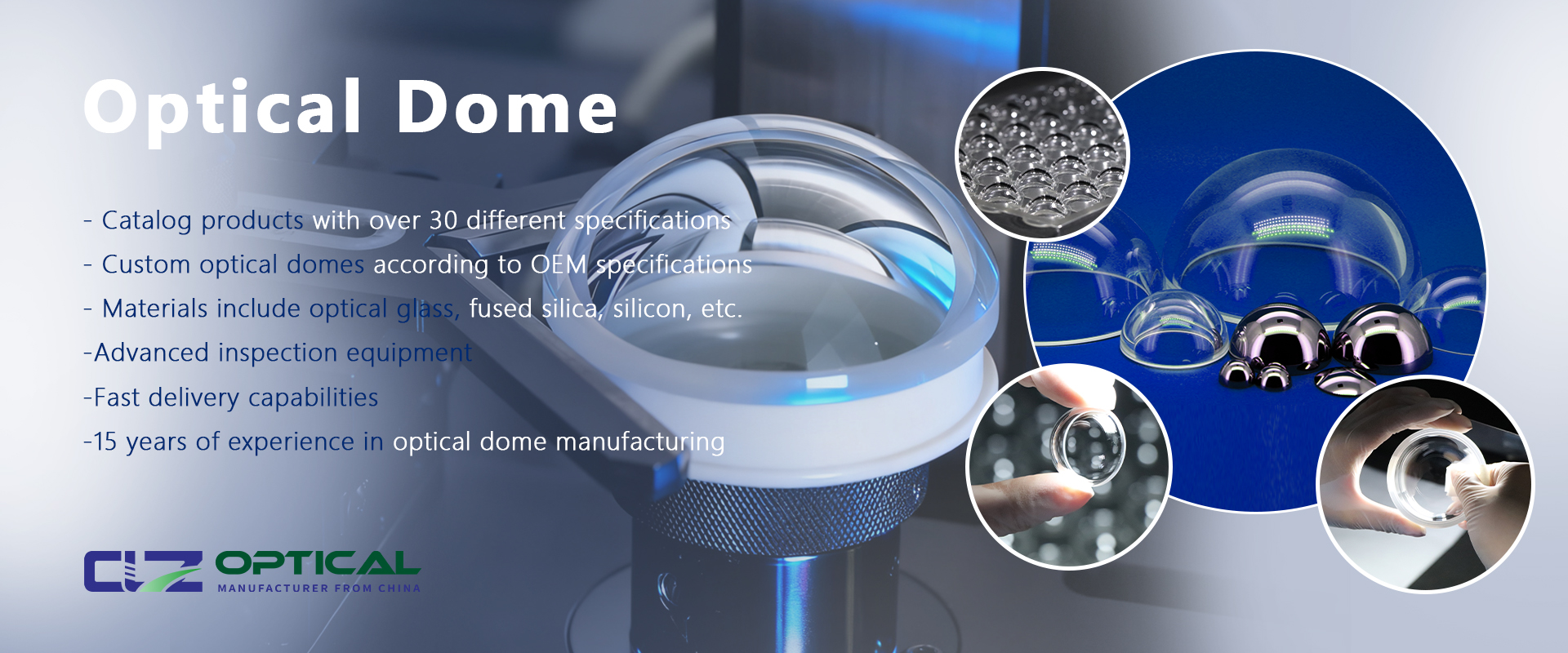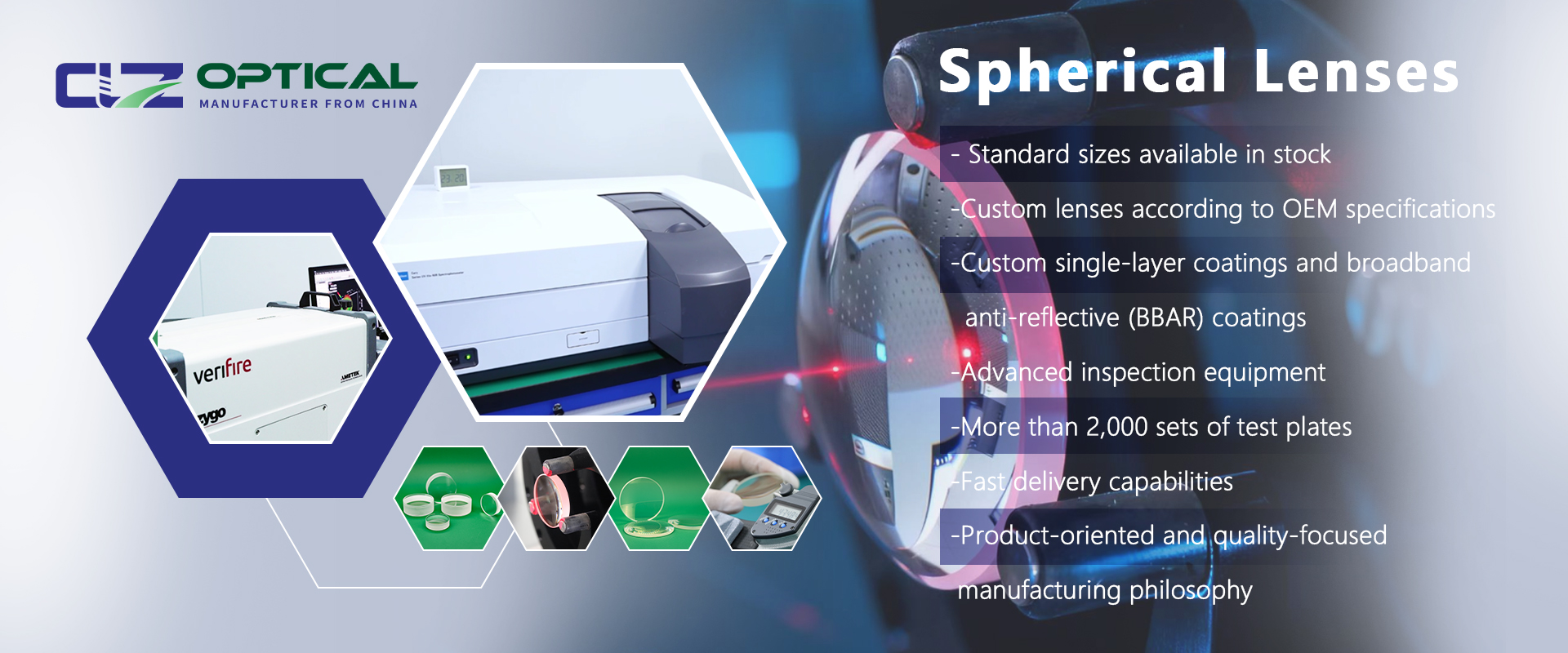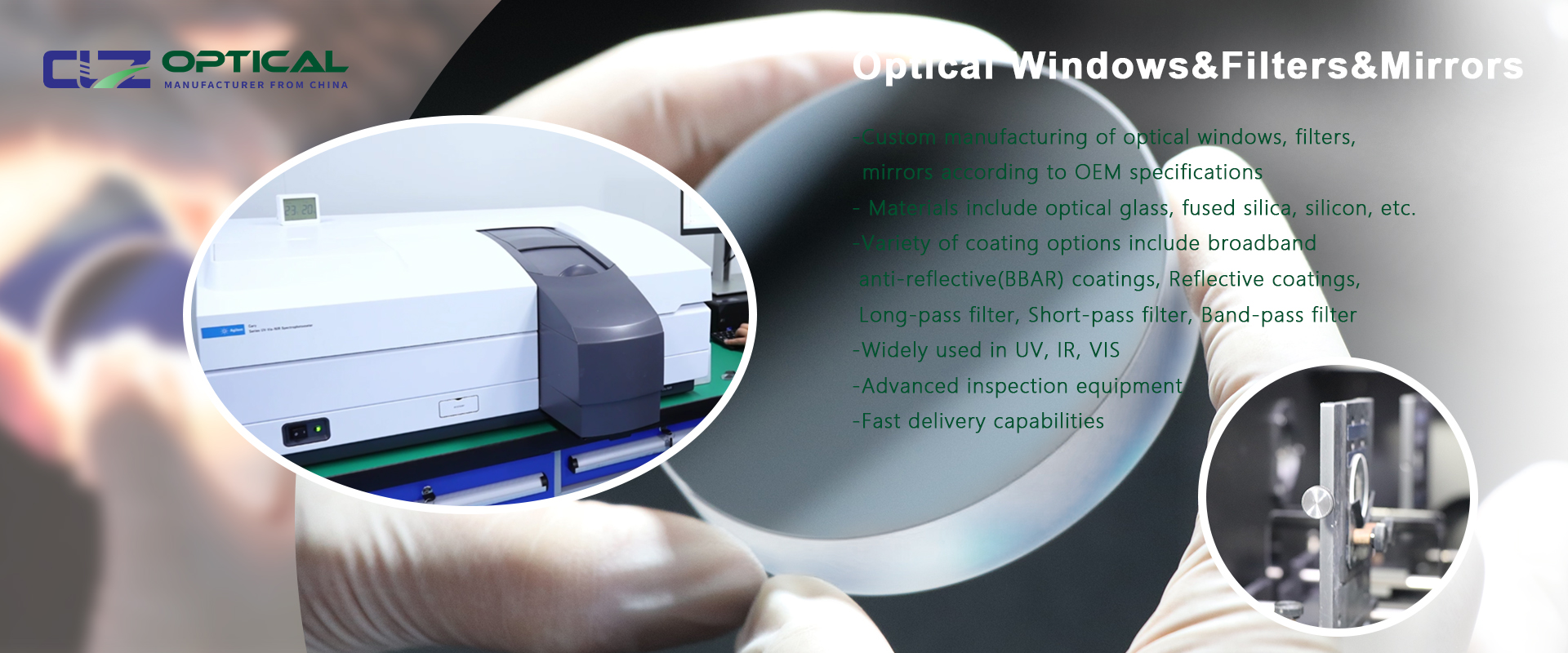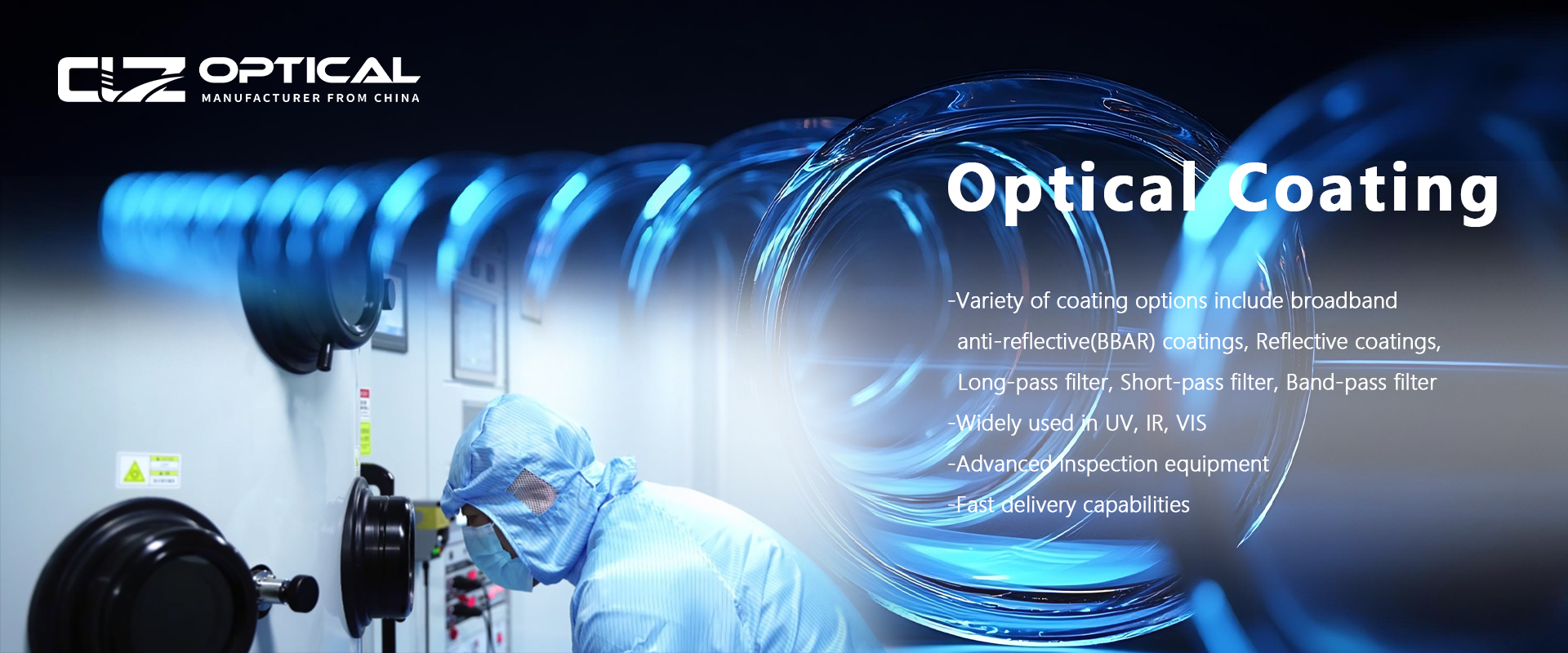Ball and Half Ball Lenses: Design and Application of Miniature Optical Elements
Apr. 30, 2025
As the core components of miniature optical systems, ball lenses and half ball lenses, with their unique geometrical structures and optical properties, play irreplaceable roles in optical communications, biomedical, laser processing, and other fields. Ball lens is a complete spherical structure, through which spherical symmetry is achieved to achieve uniform refraction of light; half ball lens is cut from the sphere, and the flat bottom surface is easy to integrate with optical fibers, detectors, and other devices. Both through the high refractive index material to change the beam propagation path, in the millimeter or even micron scale, to achieve efficient focusing, collimation, and coupling function, which is used to improve the signal coupling between the optical fiber, transmitter, and detector. For example, in single-mode fiber optic communications, a ball lens with a diameter of only 0.5mm can increase the laser coupling efficiency to more than 85%, which solves the problem of traditional lenses being too large and having low alignment tolerance. It is also suitable for applications such as internal mirrors, barcode scanning, pre-processed materials for aspheric lenses, and sensors. Ball lenses are manufactured from a single glass substrate and can focus or output parallel light, depending on the geometry of the input source. Half ball lenses are also common and are used interchangeably with (full) spherical lenses where the physical constraints of the application require a more compact design.
Classification and Characteristics by Material
-Borosilicate glass (N-BK7): suitable for 400-2000nm band, widely used in fiber coupling and low power laser systems.
-Lanthanide glass (N-LAF series): refractive index as high as 1.78-1.85, numerical aperture upgraded to more than 0.5, commonly used in endoscopic imaging.
2. Crystal materials
-Sapphire (Al₂O₃): Hardness of 9 Mohs, scratch and corrosion resistance, suitable for harsh environments (e.g. industrial inspection probes).
-Magnesium Fluoride (MgF₂): excellent UV transmittance (from 120nm), used in deep UV lithography and fluorescence detection systems.
3. Infrared materials
-Zinc Selenide (ZnSe): 10.6μm wavelength transmittance >70%, suitable for beam shaping in CO₂ laser processing.
Sulfur Glass (ChG): As₂S₃ high transmittance in the mid-infrared band of 3-5μm, used in thermal imaging and gas sensing.
Field of Application
1. Fiber optic communication and optoelectronic devices
Laser coupling: 0.75mm diameter ball lens is used in 400G optical module to couple 1310nm laser into single-mode fiber with coupling efficiency >85%.
Fiber end-face treatment: hemispherical lens directly fused to the fiber end-face, expanding the mode field diameter from 9μm to 25μm, reducing end-face contamination sensitivity by 30%.
2. Biomedical imaging
Endoscopic system: Sapphire half ball lens (1.8mm diameter) with CMOS sensor realizes 120° wide-angle imaging with 2MP resolution.
Two-photon micro-imaging: Magnesium fluoride ball lens integrated into a neural probe with a penetration depth of 1.5mm for dynamic observation of neurons in the living brain.
3. Laser precision processing
Micro-hole processing: ZnSe hemispherical lens focuses the spot to 15μm under 10.6μm CO₂ laser, which can realize high-speed processing of 500 holes per second on 0.3mm stainless steel plate.
Laser direct writing: Ball lens array (100×100 units) for lithography mask preparation with line width accuracy up to 0.5μm.
4. Consumer electronics and sensing
3D structured light: PMMA hemispherical lens array integrated in cell phone Face ID module, realizing 300,000 scattered speckle projection with measurement accuracy ±0.1mm.
Environmental monitoring: Sulfur-based glass hemispherical lenses are used in infrared gas sensors to detect ppb-level CO₂ and methane concentrations.




















